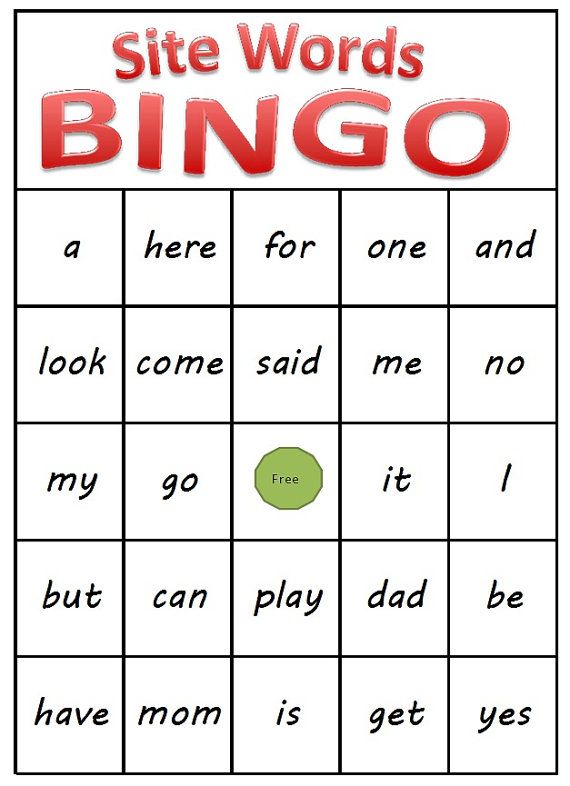Buzz from fly guy
Hi! Fly Guy
None Join Buzz in this whimsical story that shows that flies can be special pets! A fly went flying. A boy named Buzz went walking. The boy wanted to catch something smart for The Amazing Pet Show, but he bumped into a fly instead. A fly that . . . knew the boy’s name! Buzz! And thus began the strong bond between Buzz and Fly Guy. Over and over again, they heard people say, “Flies can’t be pets—they’re pests!” And each time, Fly Guy proved them wrong. He’s a smart fly that can do tricks, and he’s very special to Buzz. Read along in this whimsical story as Buzz and his most unlikely of pets challenge people’s perceptions. Do you think flies are smart? Why? show full description Show Short DescriptionBugs
Browse our collection of stories about bugs. With popular stories like Bugs! Bugs! Bugs! and Hi! Fly Guy, you're sure to find something your kids will love.
view all
Bugs! Bugs! Bugs!
Hi! Fly Guy
All About Bugs
One membership, two learning apps for ages 2-8.
TRY IT FOR FREE
Full Text
Chapter 1 A fly went flying. He was looking for something to eat— something tasty . . . something slimy. A boy went walking. He was looking for something to catch— something smart . . . something for The Amazing Pet Show. They met. Boink! The boy caught the fly in a jar. “A pet!” he said. The fly was mad. He wanted to be free. He stomped his foot and said, “Buzz!” The boy was surprised! He said, “You know my name! You are the smartest pet in the world!” Chapter 2 Buzz took the fly home. “This is my pet,” Buzz said to Mom and Dad. “He is smart. He can say my name. Listen!” Buzz opened the jar. The fly flew out. “Flies can’t be pets,” said Dad. “They are pests!” He got the flyswatter. The fly cried, “Buzz!” And Buzz came to the rescue! “You are right,” said Dad. “This fly is smart.” “He needs a name,” said Mom. Buzz thought for a minute. “Fly Guy,” said Buzz. And Fly Guy said, “Buzz!” It was time for lunch. Buzz gave Fly Guy something to eat. Fly Guy was happy. Chapter 3 Buzz took Fly Guy to The Amazing Pet Show. The judges laughed. “Flies can’t be pets,” they said. “Flies are pests!” Buzz was sad. He opened the jar. “Shoo, Fly Guy,” he said. “Flies can’t be pets.” But Fly Guy liked Buzz. He had an idea. He did some fancy flying. The judges were amazed. “The fly can do tricks,” they said. “But flies can’t be pets.” Then Fly Guy said, “Buzz!” The judges were more amazed. “The fly knows the boy’s name,” they said. “But flies can’t be pets.” Fly Guy flew high, high, high into the sky! Then he dived down, down, down into the jar. “The fly knows his jar!” the judges said. “This fly is a pet.” So they let Fly Guy in the show! He even won an award. Tallest Pet, Cutest Pet, Pet with Most Legs, Heaviest Pet, Smartest Pet.
The fly cried, “Buzz!” And Buzz came to the rescue! “You are right,” said Dad. “This fly is smart.” “He needs a name,” said Mom. Buzz thought for a minute. “Fly Guy,” said Buzz. And Fly Guy said, “Buzz!” It was time for lunch. Buzz gave Fly Guy something to eat. Fly Guy was happy. Chapter 3 Buzz took Fly Guy to The Amazing Pet Show. The judges laughed. “Flies can’t be pets,” they said. “Flies are pests!” Buzz was sad. He opened the jar. “Shoo, Fly Guy,” he said. “Flies can’t be pets.” But Fly Guy liked Buzz. He had an idea. He did some fancy flying. The judges were amazed. “The fly can do tricks,” they said. “But flies can’t be pets.” Then Fly Guy said, “Buzz!” The judges were more amazed. “The fly knows the boy’s name,” they said. “But flies can’t be pets.” Fly Guy flew high, high, high into the sky! Then he dived down, down, down into the jar. “The fly knows his jar!” the judges said. “This fly is a pet.” So they let Fly Guy in the show! He even won an award. Tallest Pet, Cutest Pet, Pet with Most Legs, Heaviest Pet, Smartest Pet. And so began a beautiful friendship.
And so began a beautiful friendship.
1
We take your child's unique passions
2
Add their current reading level
3
And create a personalized learn-to-read plan
4
That teaches them to read and love reading
TRY IT FOR FREE
Good Books for Kids Lists! | Reading Level Info by Topic, Lists, Author
One of the reasons we love Tedd Arnold's FLY GUY series is that these books feature simple sentences, few words, and large text. This and the humor that is rampant on every page makes these books a great choice for boys (and girls!) that are just beginning to read. The humor and adorable artwork serves to keep kids from being intimidated by the reading process. And kids can't help but be satisfied when they finish a book, because they each contain a real story!
The Fly Guy books are at both the First and Second Grade reading levels. This list features the simpler 1st Grade books.
This list features the simpler 1st Grade books.
**The first book, Hi! Fly Guy, garnered a Theodor Geisel honorable mention.
Hi! Fly Guy
by Tedd Arnold
Buzz wants to enter in "The Amazing Pet Show" but he doesn't have a pet. That is, until he captures a fly. At that point all the adults around Buzz try to explain that a fly can't be a pet, but Fly Guy proves them wrong.
Hilarious. And, of course, Fly Guy can be a pet. He can say his boy's name after all... Buzzzz.
Reading Information:
Word Count: 324
Page Count: 32
Accelerated Reading level: 1.5 / points: 0.5
AR quiz: 101305
Super Fly Guy
by Tedd Arnold
In this story Fly Guy goes to school with Buzz and develops a crush on the Caffeteria Lady, Rozzzz! Unfortunately, he accidentally gets her fired. Everything works out in the end though. This is a sweet story considering it's about a fly.
This is a sweet story considering it's about a fly.
No flies in the lunchroom!" Roz said.
Fly Guy said-- ROZZZ!This fly is smart," said Roz.
"He knows my name!"She fed Fly Guy chicken bones
and fish heads in sour milk.
Fly Guy was happy.
Word Count: 310
Page Count: 32
Accelerated Reading level: 1.7 / points: 0.5
AR quiz: 104778
Lexile: 360L
Shoo, Fly Guy!
by Tedd Arnold
Fly Guy returns home to discover that Buzz has gone on a picnic without him! Sad and hungry, Fly Guy takes off in search of his favorite food. He gets shooed away from a hamburger, a pizza, a dog's bones, and even roadkill--leaving readers to guess what Fly Guy's favorite oozy, lumpy, smelly, and brown food could possibly be! Why, it's shoo-fly pie, of course!
Word Count: 330
Page Count: 32
Accelerated Reading level: 1. 7 / points: 0.5
7 / points: 0.5
AR quiz: 110407
Lexile: 410L
There Was An Old Lady Who Swallowed Fly Guy
by Tedd Arnold
Buzz is visiting Grandma, and Fly Guy comes along for the ride. Oops! Grandma swallows Fly Guy, then a spider, then a bird, then a cat, then a dog. . . .
She's about to swallow a horse, when Fly Guy shouts: "BUZZZ!" Buzz is starting to worry, but there is nothing Fly Guy can't handle! He flies out, and all the critters follow. And everybody parties!
Word Count: 211
Page Count: 32
Accelerated Reading level: 1.6 / points: 0.5
AR quiz: 116920
Lexile: 370L
Fly High, Fly Guy!
by Tedd Arnold
Mom and Dad won't let Fly Guy go along on the family road trip. They're afraid he'll get lost. But when Dad accidentally shuts him in the trunk, Fly Guy goes along for the ride!
First, Fly Guy gets lost at the picnic site--but he shows up in the garbage can. Then he gets lost at the art museum, but he shows up as part of a modern painting. At the beach, he turns up in a shell, and at he amusement park, on Buzz's hot dog (yuck!).
Then he gets lost at the art museum, but he shows up as part of a modern painting. At the beach, he turns up in a shell, and at he amusement park, on Buzz's hot dog (yuck!).
Word Count: 284
Page Count: 32
Accelerated Reading level: 1.4 / points: 0.5
AR quiz: 122340
Lexile: 170L
I Spy Fly Guy
by Tedd Arnold
When Fly Guy and Buzz play hide-and-seek, Fly Guy hides in his favorite place--the garbage can. But as Buzz finishes counting, the garbageman drives away with the garbage and Fly Guy, too! A very worried Buzz follows the truck to the dump, where he sees zillions of flies. Where is Fly Guy?!
Time after time, Buzz thinks he spies Fly Guy, only to be snubbed, boinked, or bitten. Then he realizes they've been playing a game. He yells, "I give up. You win!" And Fly Guy leaves his new hiding place--he was on top of Buzz's hat all along!
Word Count: 297
Page Count: 32
Accelerated Reading level: 1. 5 / points: 0.5
5 / points: 0.5
AR quiz: 133847
Lexile: 310L
Hooray For Fly Guy!
by Tedd Arnold
"Flies can't play football," says the coach. But Fly Guy and Buzz are determined to prove him wrong. New readers will experience both pride and delight as they read the simple text and look at the funny pictures of Fly Guy trying to kick a football, go out for a pass, and tackle his friend Buzz. In the end Fly Guy scores and gets to do his hilarious touchdown dance.
Word Count: 289
Page Count: 32
Accelerated Reading level: 1.6 / points: 0.5
AR quiz: 126340
Lexile: 270L
Fly Guy Meets Fly Girl
by Tedd Arnold
Fly Guy has met his match, and her name is Fly Girl. Fly Guy can do fancy flying. Fly Girl can do fancier flying. Fly Guy can eat gross stuff. Fly Girl can eat grosser stuff. Fly Guy can say his boy's name--Buzzzzzz! And Fly Girl can say her girl's name--Lizzzzzzz! Fly Guy is totally impressed, and totally smitten. Will Fly Guy and Fly Girl get married and leave Buzz without his dear pet?
Will Fly Guy and Fly Girl get married and leave Buzz without his dear pet?
((We don't know for sure! But probably not!))
Word Count: 275
Page Count: 32
Accelerated Reading level: 1.4 / points: 0.5
AR quiz: 135780
Lexile: 310L
Buzz Boy And Fly Guy
by Tedd Arnold
The excitement is jam packed in Fly Guy's newest episode which features a comic book within the story. Buzz and Fly Guy are superheroes! The dynamic duo must battle a fiery dragon and a band of pirates. Will Fly Guy and Buzz Boy defeat their enemies and save their home? Find out in this ama-zzzing early chapter book.
Word Count: 269
Page Count: 32
Accelerated Reading level: 1.3 / points: 0.5
AR quiz: 139497
There's A Fly Guy In My Soup #12
Fly Guy isn't invited to dinner when Buzz and his family go to a fancy restaurant. When Fly Guy hunts for dinner on his own in the restaurant's kitchen, pandemonium ensues--and everyone ends up needing a bath.
Word Count: 314
Page Count: 32
Accelerated Reading level: 1.8 / points: 0.5
AR quiz: 153908
Mukhoyar - flies "leave beautifully"
Summer heat and insects are inseparable. The warmer it is outside, the more actively flying "evil spirits" multiply. Summer residents have two problems: to protect the garden and the garden from pests, and themselves from blood-sucking: mosquitoes and midges. But there is a third problem - flies.
Flies are ubiquitous and incredibly prolific, in one sitting the female lays up to 100 eggs, and in her short life - up to 3 thousand eggs. The viviparous gray blowfly, or sarcophagus, produces up to 12 thousand larvae in a lifetime. Flies multiply at a tremendous rate. Within a day, the larva hatches from the egg. After 6-7 days, she turns into an adult insect, mates and makes the first clutch of eggs.
Fly damage
Flies love household waste and any sewage. Excrement and manure is an ideal environment for their reproduction. Some types of flies, such as the blue blowfly, gray blowfly, green carrion, raise offspring on carrion.
Excrement and manure is an ideal environment for their reproduction. Some types of flies, such as the blue blowfly, gray blowfly, green carrion, raise offspring on carrion.
From a manure heap or the nearest garbage heap, flies fly into the house to feast on sugar, sit on cookies and a fresh bun, on a plate of strawberries and a rosette of jam. Vegetable salad, barbecue and even bread crumbs - flies are attracted to all foods.
On their paws, flies carry eggs of helminths and pathogens of various diseases, ranging from ordinary dysentery to cholera and anthrax.
Conventional fly protection
Since flies actively breed in the heat, it is extremely difficult to protect your home from them. If in a city apartment you can close all the windows and turn on the air conditioner, then country houses or village houses are not equipped with such benefits of civilization. To make the house cooler, we open windows and doors wide open, and, of course, flies fly into them.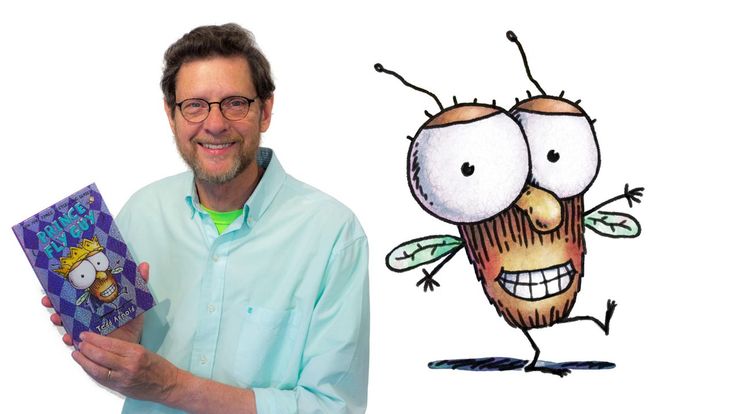
Fly swatter
As a child, when I came to the village to my grandparents, every year I watched a picture of how in the heat of the day my grandfather beats flies in the house with a fly swatter. He did it very cleverly, in a couple of hours he managed to destroy all the insects in the house, but this procedure had to be repeated daily.
Dichlorvos
Another grandmother lived in the city and couldn't stand flies. She could chase a single fly with a can of dichlorvos until she killed it. I recognized the smell of dichlorvos as a child. It is strange that my grandmother did not leave the apartment after being treated with dichlorvos, but my grandmother was like that - persistent and uncompromising.
Adhesive tapes
I've grown up, times have changed, comfort levels have improved, but the fly problem remains. Flies climb into the house, as if they were smeared with honey here. And since all food from them is closed and there is nothing for them to eat, they hit the window glass, fly from window to window, sit on the computer screen, and leave disgusting “paths” of traces everywhere.
Until recently, sticky tapes were the only "working" method for me. In the midst of an invasion of flies, such a tape is enough for three days. After a few hours, the new tape is covered with the bodies of stuck flies, which buzz in an attempt to free themselves. However, this buzzing is not so annoying, because there are fewer flies in the house.
Anyone who has used sticky fly tapes knows how frustrating it is to accidentally touch the tape with your head if the ceilings in the house are too low. Removing and disposing of used tapes is a pleasure. Even the tape, completely covered in flies, remains sticky, and removing it so as not to get dirty with glue is a skill honed over years of practice. There is no need to talk about the role of the tape with adhered flies in the home interior. You try not to notice such a “decoration”, but it is not so easy.
Mukhoyar - get rid of flies beautifully
They say about an obsessive person: "annoying, like a fly. " Indeed, flies are terribly annoying. It would seem that they do not bite, at least in the summer, but they do not give rest: they circle the room, buzz, sit on you, brrr ... In a word, the problem with flies has to be solved every year.
" Indeed, flies are terribly annoying. It would seem that they do not bite, at least in the summer, but they do not give rest: they circle the room, buzz, sit on you, brrr ... In a word, the problem with flies has to be solved every year.
Stained glass stickers
This year a new world has opened up for me - getting rid of flies can be beautiful. The company "Vashe khozyaystvo" produces stained glass stickers from flies and midges "Mukhoyar" , covered with insecticide. Stickers are easily attached to the window glass. Removing them is as easy as sticking them on, after removing the sticker, the glass remains clean.
Stained glass stickers are coated with 1% methomyl, it is an insect-acaricide with contact and intestinal action that kills any insects. The effect of the drug is not instantaneous, but during the day there are noticeably fewer flies on the windows, and noticeably more on the windowsills. Among them are tiny flies and large individuals.
I liked set №1 "Stained Glass" with colorful stickers in oriental style more. The classic pattern of stained glass windows and a combination of bright colors: blue, yellow, purple looks organic and elegant. The stickers are cut in the shape of a pattern and are a triangle with a side length of 12 cm.
Mukhoyar - interior stained glass stickers from flies and midges (set No. 1 "Stained Glass")
Set №2 "Baroque, lace" is almost invisible on the windows. The graceful pattern is applied with beige paint, it is not striking, it only unobtrusively decorates the corners of the window pane.
Mukhoyar - stained glass interior stickers from flies and midges (set No. 2 "Baroque, lace")
The only point that I would like to improve is to ask the manufacturer to cut this kit along the line of the drawing. The translucent square base of the sticker is visible on the window, so the eye sees not a triangle of an ornate pattern, but a square.
Plates
I live in a private house, and in the summer heat we do not close the doors and windows day or night. It creates a draft that allows you to cool the house, but in such conditions it is too difficult for stickers alone to cope with the invasion of flies. Therefore, to help them, we hung plates from flies and midges "Mukhoyar" .
The plates are a cardboard base impregnated with acetamiprid, a broad-spectrum insecticide from the neonicotinoids class. The composition also contains sugar and special fragrances that attract flies to touch the plate.
The plates do not emit any odor and are not coated with glue.
Strawberries and raspberries painted on the plate's work surface should probably attract flies even more, although I don't think insects have abstract thinking and can recognize the pattern and relate it to real berries. In any case, the pattern looks cute and does not irritate the eyes.
Fly plates are offered in two formats: they have the same appearance, size and active substance, the difference is only in the method of attachment. "Mukhoyar - plates for the window from flies and midges" are two cardboard bases measuring 8 cm by 22 cm with a black and white pattern. They are attached to the window or window slopes using strips of double-sided tape.
"Mukhoyar - plates for the window from flies and midges" are two cardboard bases measuring 8 cm by 22 cm with a black and white pattern. They are attached to the window or window slopes using strips of double-sided tape.
"Mukhoyar - plates on the window from flies and midges"
"Mukhoyar - hanging plates from flies and midges" - these are the same two plates, but in the form of a "book". In the upper part there is a hole through which the plate is suspended from the ceiling, where the flies are the most. Since the plate is suspended, its black-and-white insecticide-treated work surface and bright red cover are visible.
"Mukhoyar - hanging plates from flies and midges"
Hanging plates work imperceptibly, but if you are in the room for a long time, you periodically observe a picture of a crazed fly buzzing and spinning on the floor. The plates are good because dead insects do not accumulate directly under them, only during wet cleaning you find dead flies.
Since dead flies do not accumulate on the plates themselves or under them, it is convenient to hang them in the kitchen to protect food from insects with their dirty paws.
Granules
At the height of summer, flies are a serious problem for us and fly into the house in tens and hundreds, we have to strengthen our positions, which I did. On each windowsill, I installed a poisonous treat "Mukhoyar - fly pellets" . One bag weighing 30 g was enough for 4 baits, I scattered them in plastic lids from sour cream.
Mukhoyar - fly pellets
The active substance of the granules is 1% methomyl, as on stained glass stickers. Attractants in the composition of the granules work flawlessly, within a few hours after placing the caps with insecticidal granules, dead flies appeared in them, and a little later all the window sills were dotted with their bodies. The poison has a long-term effect, it should last for 2-3 months, i.e. for the whole summer.
Our two cats love to lie on the windowsills and look out the window. Fortunately, poison pellets did not interest them as food. Perhaps the point is bitrix, a bitter substance that is part of the granules. It is intended just to reduce the attractiveness of poisonous baits for pets.
Of course, it is not possible to get rid of flies in such a way that there is no contact with them at all, they will still fly in. But brushing dead flies off the windowsill during wet cleaning is a matter of two minutes, but nothing ugly hangs before your eyes. So Mukhoyar really helps to get rid of flies beautifully.
Why is it so hard to swat a fly? / Habr
Try to swat a fly, and soon you will see that it is faster than you. Much faster. But how do these tiny creatures with their tiny brains so easily deceive us?
You must have been thinking about this after running after the fly all over the house, swinging your slipper and slapping it unsuccessfully over and over again. How does she move so fast? Is she reading my mind?
How does she move so fast? Is she reading my mind?
This question was covered in the latest episode of our BBC World Service CrowdScience show about the superpowers of small animals. The essence of the answer is that compared to us, flies perceive our world in slow motion.
For illustration, note the clock with a second hand. A person sees the movement of the arrow at a certain speed. For a turtle, this speed is twice that. For most fly species, each clock tick lasts about four times as long. The perceived speed of time varies from species to species.
This is because animals perceive the world around them as a continuous video. In fact, they build this picture based on images coming from the eyes to the brain in the form of separate flashes, a certain number of times per second. Humans have about 60 such flashes per second, turtles have 15, and flies have 250.
Everything is relative
The speed at which these images are processed by the brain is called "flicker fusion speed".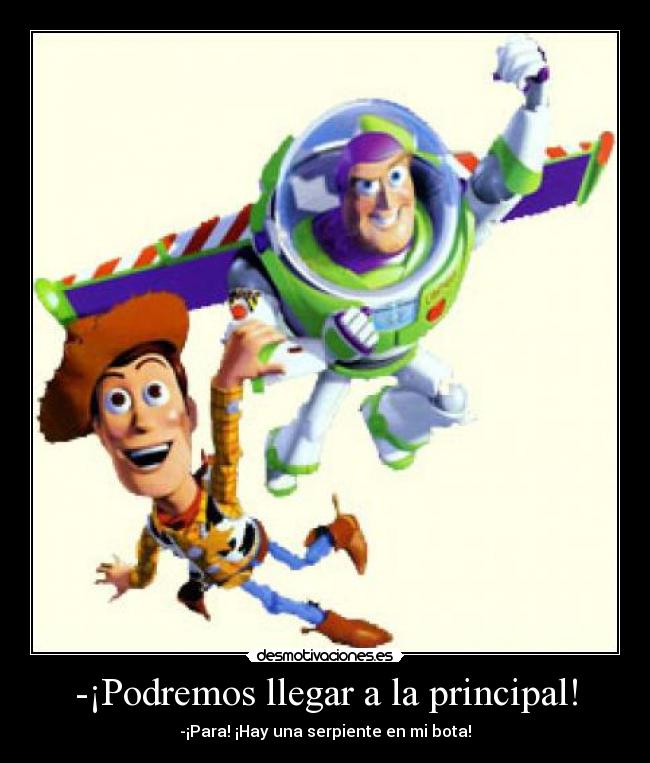 Usually, the smaller the species, the faster its fusion rate - and here the flies are far ahead of us.
Usually, the smaller the species, the faster its fusion rate - and here the flies are far ahead of us.
Professor Roger Hardy of the University of Cambridge studies the operation of the fly's eye, and he has an experiment to determine the rate of flicker fusion.
“Flicker speed is simply a measure of how quickly you have to turn the light off and on again to make it appear continuous,” says Professor Hardy.
Roger inserts tiny glass electrodes into the living, light-sensitive cells of the eyes - the photoreceptors - and then uses LEDs that flash at an ever-increasing rate. Each flash of the LED induces a small electrical current in the photoreceptors, which can be seen on the computer screen. Tests show that the fastest flies responded to blinks occurring up to 400 times per second - more than six times our speed.
The fastest sight of all was found in flies, which are literally called "killer flies" [apparently referring to the species Coenosia attenuata, the so-called.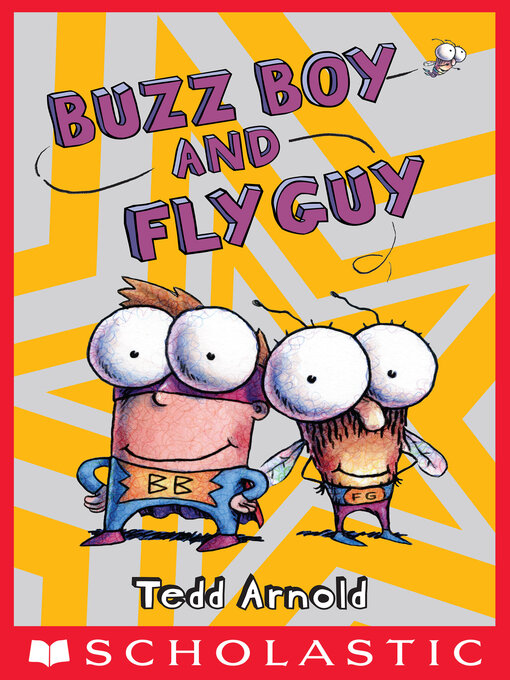 hunter fly originating from the south of Europe / approx. transl.]. These are small predatory flies that live in Europe, catching other flies in the air, and have super-fast reactions. In the fly laboratory at the University of Cambridge, Dr. Paloma Gonzalez-Bellido demonstrates the hunting of killer flies by releasing fruit fly victims into a special box for filming.
hunter fly originating from the south of Europe / approx. transl.]. These are small predatory flies that live in Europe, catching other flies in the air, and have super-fast reactions. In the fly laboratory at the University of Cambridge, Dr. Paloma Gonzalez-Bellido demonstrates the hunting of killer flies by releasing fruit fly victims into a special box for filming.
Paloma records their behavior at 1000 frames per second with a special camera. The computer connected to it records video, which is overwritten every 12 seconds. While the fly is moving, Paloma presses a button if she wants the last 12 seconds of the video to be permanently recorded.
“Our reaction time is so bad that if we wanted to stop the video thinking something was happening, it would have already happened,” says Gonzalez-Bellido. We don't even have time to press the button before everything happens - it's so fast.
Fly against fly
Once in the box with the victims, the killer fly sat motionless at first, but as soon as the fruit fly flew 7 cm from it, it made a sharp movement, and suddenly the killer fly was at the bottom of the box, chewing on the trembling fly.
It was only when watching the slow motion video on the computer that it became clear what happened: the killer fly took off, flew around the fruit fly three times, constantly trying to grab it, and then it still managed to grab it by its front legs.
And the whole story took just one second. The eyes perceive this as a flicker, so a human clapping hand for a fly must move at a snail's pace.
In order for the killer fly to move so fast, ahead of even other flies, the light-sensitive cells in its eyes contain many more mitochondria ("batteries" of biological cells") than in other flies.
These are the batteries that power the cell , so fast vision must take more energy than slow vision, which explains why the eyes are simply not set to the fastest possible mode.0003
The killer flies' carnivorous diet provides them with a lot of the energy they need to feed their high-energy cells. But even if there were as many mitochondria in the cells of our eyes, we would not have such high-speed vision, since the light-sensitive cells of flies are arranged quite differently from those of vertebrates.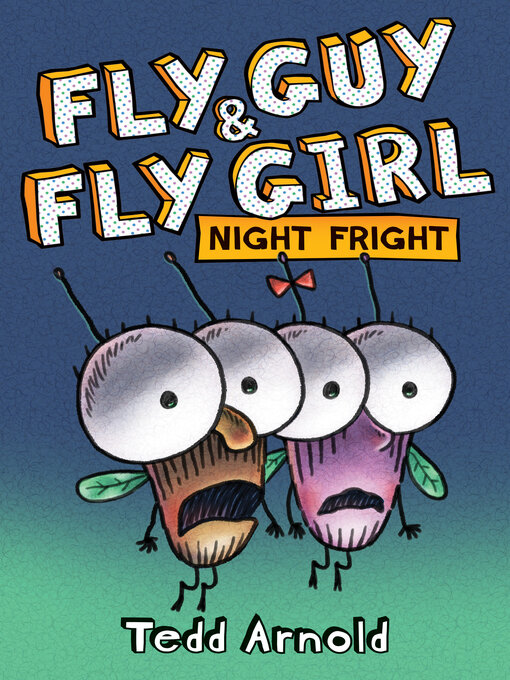
The reason for the structural differences in the structure of the eyes is evolution. In arthropods and vertebrates, the fly and human groups, respectively, the evolution of the eyes has been separate for the last 700-750 million years.
String theory
Fly eyes have evolved to perceive light through a set of tiny string-like structures arranged horizontally along the path of light in the eye. These structures mechanically respond to light, while vertebrates have elongated tube-like cells pointing towards the light, in which chemical compounds react to light.
Roger is studying the structure of the fly's eye in his lab. "It's more sensitive, in the sense that it can produce a large signal for the smallest amount of light, and it can also respond faster than the rods and cones in the vertebrate eye," he explains.
There are several reasons for this heightened sensitivity, but it was Hardy who discovered that they react mechanically to light, not chemically like cones and rods.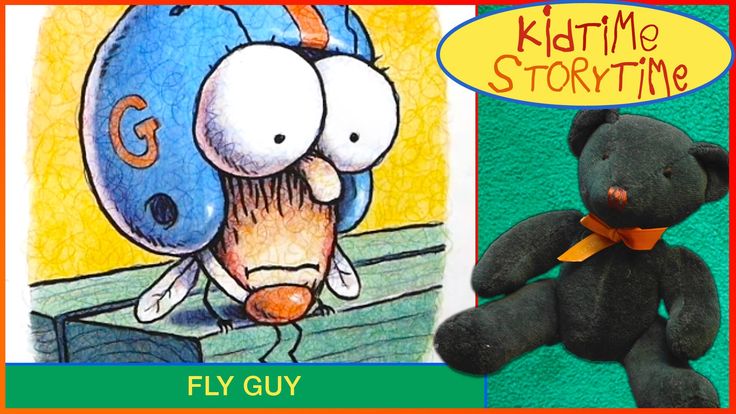
Mechanical response allows faster generation of nerve signals. In addition, there is a limit to the speed at which nerve impulses can travel - and the short distance between the fly's eye and brain speeds up the process compared to large vertebrates.
Some vertebrates have faster vision than ours. Apparently, the ability to fly correlates with the speed of vision, as does small size. Perhaps this is due to the fact that small flying animals must be able to react quickly in flight in order to avoid approaching obstacles.
Slow pops
The fastest vision is found in species that catch flies in the air.
While studying the vision of the pied flycatcher, a small fly-catching passerine bird, scientists at the University of Uppsala in Sweden have found that it can distinguish flashes of light at a rate of 146 times per second.
Birds were trained to associate a flashing light with a treat and successfully distinguished the flashing light up to speeds of 146 times/s.


